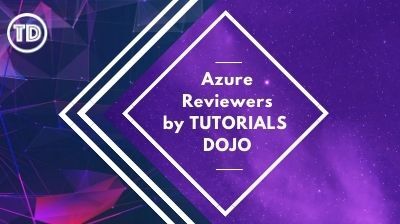Last updated on June 23, 2023
AWS Proton Cheat Sheet
-
A managed delivery service for deploying container and serverless applications.
-
Uses templates to define and maintain standard application stacks, which include the architecture, infrastructure resources, and the CI/CD pipeline.
Concepts
-
Templates
-
Manage and provision resources using Infrastructure as Code (IaC).
-
Environment Template – a shared infrastructure used by multiple applications or resources.
-
Standard Environment Template – AWS Proton provisions infrastructure for your environment.
-
Customer-managed Environment Template – provision your own shared resources.
-
-
Service Template – the infrastructure required in a particular environment to deploy and manage a single application or microservice.
-
-
Supports the following IaC providers:
-
Terraform
-
Template bundles
-
An IaC file with a manifest YAML file.
-
A schema YAML file for IaC file input parameter definitions.
-
-
Versioned templates
-
Minor version – backward compatibility is supported.
-
Major version – backward compatibility is not supported
-
Compatibility is determined solely based on the schema.
-
-
Template sync configurations
-
To allow AWS Proton sync from template bundles located in registered git repositories.
-
If it detects a template bundle change, it creates a new minor or major version of its template.
-
-
-
Environments
-
It represents the set of shared resources and policies into which AWS Proton services are deployed.
-
Contains resources that will be shared across AWS Proton service instances.
-
VPC
-
Clusters
-
Load Balancers
-
API Gateways
-
-
Environment provisioning options:
-
AWS-managed provisioning
-
AWS-managed provisioning to another account
-
Self-managed provisioning
-
-
You can create an AWS Proton environment from one account and provision using environment account connections.
-
-
Services
-
A service is an instantiation of a service template, including service instances and pipelines.
-
A service instance is a collection of AWS infrastructure resources used to run an application in an environment.
-
You can create a service template with or without a service pipeline.
-
When you build a service, you must create at least one service instance.
-
-
Components
-
Allows you to define supplemental AWS infrastructure resources that a certain application may require in addition to those provided by the environment and the service instance.
-
Directly defined components enable you to define and provision additional infrastructure.
-
Components states:
-
Attached
-
Extends the infrastructure of a service instance.
-
It is associated with a service instance and an environment.
-
-
Detached
-
Maintain component infrastructure between service instance attachments.
-
It is associated with an environment.
-
-
-
-
Repositories
-
A repository link is a set of properties that can be used by AWS Proton when connecting to a repository.
-
Code Repository
-
It is where you store the application code.
-
Used for code deployment.
-
-
Template Repository
-
It is where you store template bundles.
-
Used for template sync.
-
You can also upload your templates to Amazon S3 and use the AWS Proton API to access them.
-
-
Infrastructure repository
-
Host rendered infrastructure templates.
-
Used for self-managed provisioning of resource infrastructure.
-
-
Pipeline repository
-
Used to create pipelines.
-
Used for self-managed provisioning of pipelines.
-
-
AWS Proton Monitoring
-
You can use EventBridge to receive notifications when the state of AWS Proton provisioning workflows changes.
-
An event rule captures status changes for your AWS Proton service.
-
Events are made up of rules that include an event pattern and targets.
-
Event pattern – each rule is expressed as an event pattern, which includes the source, type, and event targets.
-
Targets – create a target service to send notifications, collect state information, take corrective action, start events, or perform other tasks.
-
AWS Proton Pricing
-
You are charged for AWS resources that you create to store and run your application.
AWS Proton Cheat Sheet References:
https://aws.amazon.com/proton/
https://docs.aws.amazon.com/proton/latest/userguide/Welcome.html


















